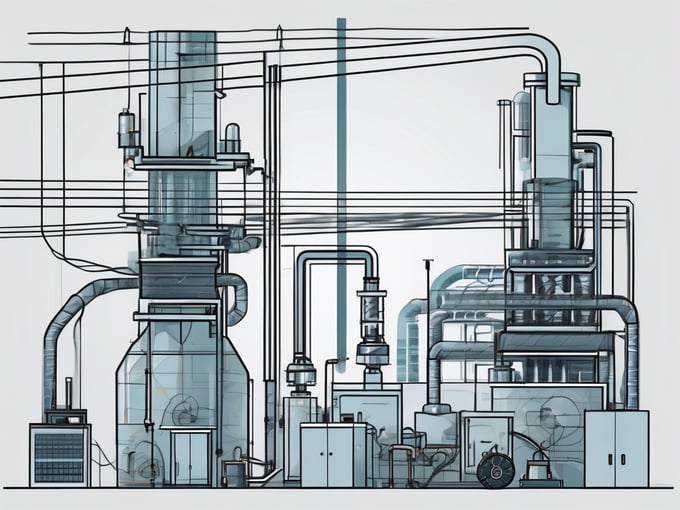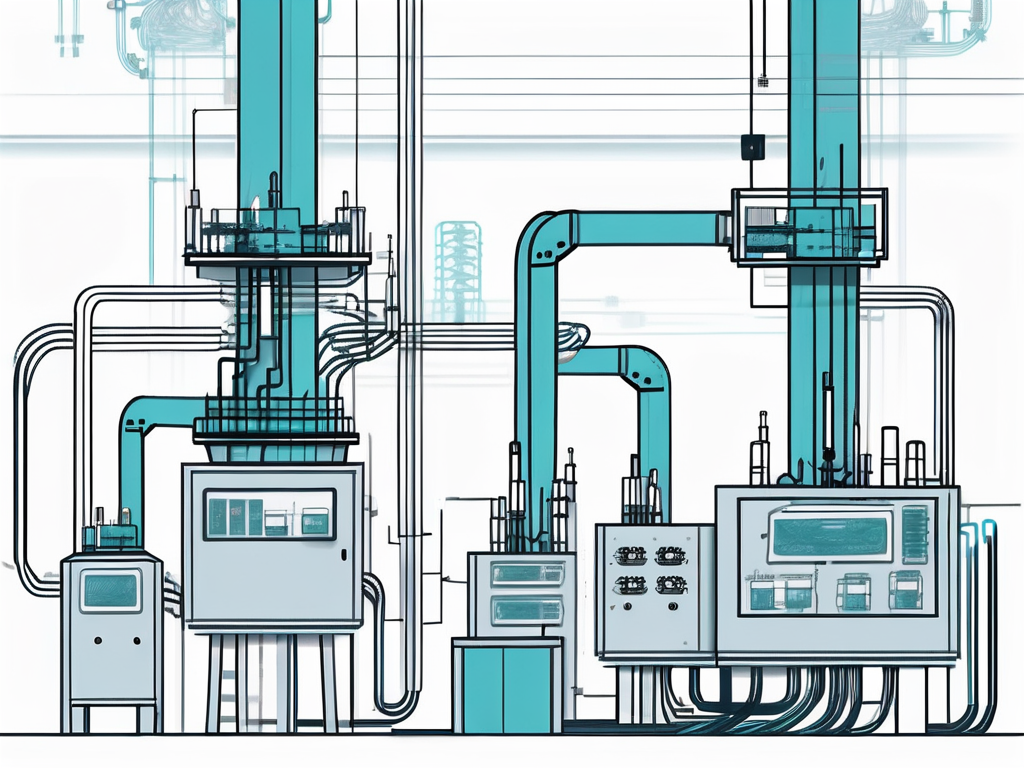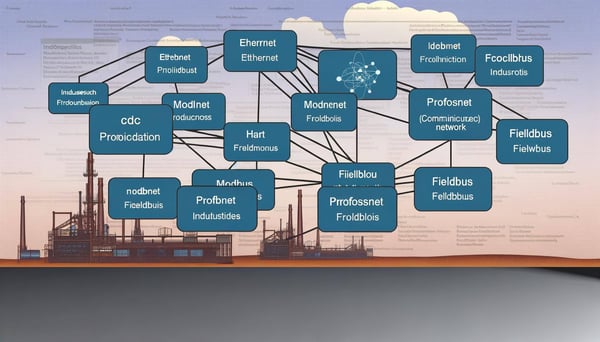
Fundamentals of MTConnect
In the world of industrial automation, communication protocols play a pivotal role in ensuring seamless interaction between machines, devices, and systems. One such protocol that has been making waves in the manufacturing industry is MTConnect. This open, royalty-free standard is designed to foster improved interconnectivity and data sharing between devices and software applications.
Understanding MTConnect
MTConnect is a protocol that facilitates the organized retrieval of machine data. It was developed to overcome the challenges posed by proprietary protocols, which often hinder effective communication between different devices and systems. The protocol is built on the foundation of extensibility and interoperability, making it a versatile tool in the industrial automation landscape.

Unlike proprietary protocols, MTConnect does not require any special adapters or translators to function. It uses standard internet protocols, specifically HTTP and XML, to transmit data. This makes it a cost-effective solution for manufacturers looking to leverage the power of machine data without incurring significant expenses.
The Structure of MTConnect
At its core, MTConnect comprises three main components: the agent, the adapter, and the device. The agent is a software application that collects and organizes data from various devices. The adapter, on the other hand, is a software driver that translates machine-specific data into a format that the agent can understand.
The device is the physical machine or system that generates the data. Each device has its own unique data model, which is defined in the MTConnect standard. This data model provides a structured and consistent way of representing machine data, making it easier for software applications to interpret and use this data.
Benefits of MTConnect
MTConnect offers a myriad of benefits to manufacturers and industrial automation professionals. One of the most significant advantages is its ability to facilitate real-time data collection. With MTConnect, manufacturers can monitor machine performance in real time, enabling them to identify issues and inefficiencies as they occur.

Another major benefit of MTConnect is its support for predictive maintenance. By analyzing machine data, manufacturers can predict potential failures and schedule maintenance activities accordingly. This not only helps to prevent costly downtime but also extends the lifespan of the machines.
Enhanced Interoperability
MTConnect's emphasis on interoperability makes it an invaluable tool in today's increasingly connected manufacturing environments. The protocol allows different machines and systems to communicate with each other, regardless of their make or model. This eliminates the need for custom interfaces and promotes a more integrated and efficient manufacturing process.
Furthermore, MTConnect's use of standard internet protocols ensures that it can easily integrate with other IT systems and software applications. This means that manufacturers can leverage existing IT infrastructure and avoid the costs associated with proprietary solutions.
Implementing MTConnect
Implementing MTConnect in a manufacturing environment involves several steps. The first step is to install the MTConnect agent and adapter on the machines or systems that will be generating the data. Once the agent and adapter are installed, they can start collecting and organizing machine data.
The next step is to integrate the MTConnect data with other IT systems and software applications. This can be done using standard internet protocols, making the integration process relatively straightforward. Once the integration is complete, manufacturers can start leveraging the power of real-time machine data to improve their operations.
Challenges and Solutions
While MTConnect offers numerous benefits, implementing it can present some challenges. One of the main challenges is the potential for data overload. With so much data being generated, it can be difficult for manufacturers to identify and focus on the most relevant information.
To overcome this challenge, manufacturers can use data analytics tools to filter and analyze the data. These tools can help manufacturers identify patterns and trends in the data, enabling them to make more informed decisions.
Another challenge is ensuring data security. As with any system that involves data transmission, there is a risk of data breaches. To mitigate this risk, manufacturers should implement robust security measures, such as encryption and authentication protocols.
Conclusion
MTConnect is a powerful protocol that can revolutionize the way manufacturers collect and use machine data. Its emphasis on interoperability and real-time data collection makes it a valuable tool in the quest for improved manufacturing efficiency and productivity.
While implementing MTConnect can present some challenges, the benefits it offers far outweigh these hurdles. With the right approach and tools, manufacturers can leverage MTConnect to transform their operations and gain a competitive edge in the market.



